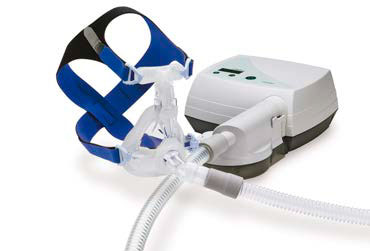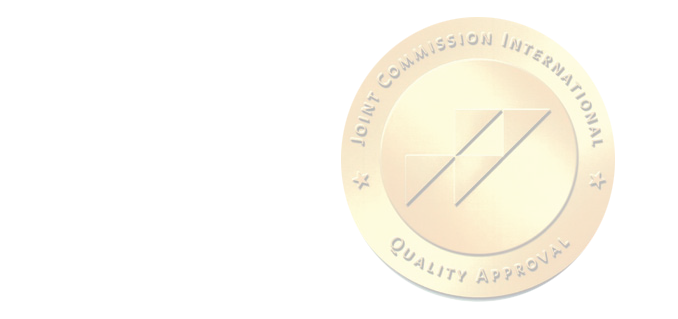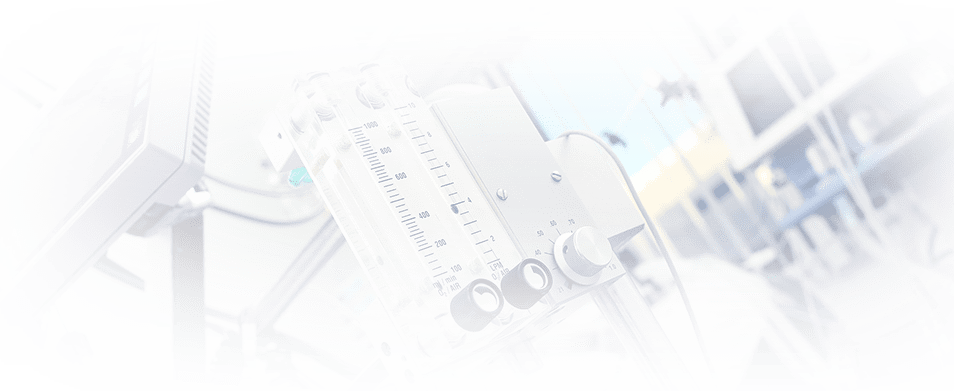Inpatient therapy using breathing apparatus
The CPAP breathing apparatus is prescribed for one or two nights, and if necessary, 3 nights, i.e. a total of 2 to 4 days. The exact time period will be given to you before admission to the hospital. On the day of the appointment, the doctor of the inpatient department will consult and examine you. In the evening, you will be connected to the necessary sensors and electrodes, which will measure such bodily functions as breathing, circulation and sleep at night. You will be introduced to the breathing apparatus beforehand. Experienced specialists will conduct your first breathing exercises with you.

On the first night with the apparatus, a low breathing pressure is established. At night, our employees will optimize the pressure and adjust the device according to individual parameters. On the day you are discharged, you will usually receive a customized breathing apparatus. They will also explain how to handle the machine. In the final conversation, the inpatient physician will provide you with all measurement data and medical reports and discuss further details regarding CPAP therapy. You will be able to leave the sleep laboratory around noon.
What happens after therapy is prescribed?
After the successful appointment of therapy with a breathing apparatus, we ask you to have regular outpatient follow-up examinations. As a rule, such examinations are carried out twice in the first year after the start of therapy, then once a year. If necessary, control examinations can be prescribed more often. The procedure for conducting control examinations is the same as for the first diagnostic session. You are given an outpatient measuring device (sleep apnea monitoring), which you put on at night at the same time as the breathing apparatus and you will know the result the next day. Control examinations should be carried out on time and in advance. If clinically necessary, a short-term appointment of control examinations is possible.
What side effects can CPAP therapy cause?
Compared to other methods, CPAP therapy (Continuous Positive Airway Pressure), i.e. the creation of constant positive pressure in the airways, is well accepted by the body. However, the flow of air often causes dryness of the nasopharyngeal mucosa. In order to avoid such a negative phenomenon, the inhaled air can be additionally humidified and heated using a special humidifying device. In the early days, there may be muscle pain in the chest area. In rare cases, air is swallowed at night, resulting in regurgitation and a feeling of fullness or bloating in the morning. Failure to position the mask in the first weeks can cause dents in the nasal dorsum, which can become inflamed. A mask of a different size or shape will help eliminate this phenomenon. For this, special consultations are held at the Sleep Pathology Center.
Doctors







